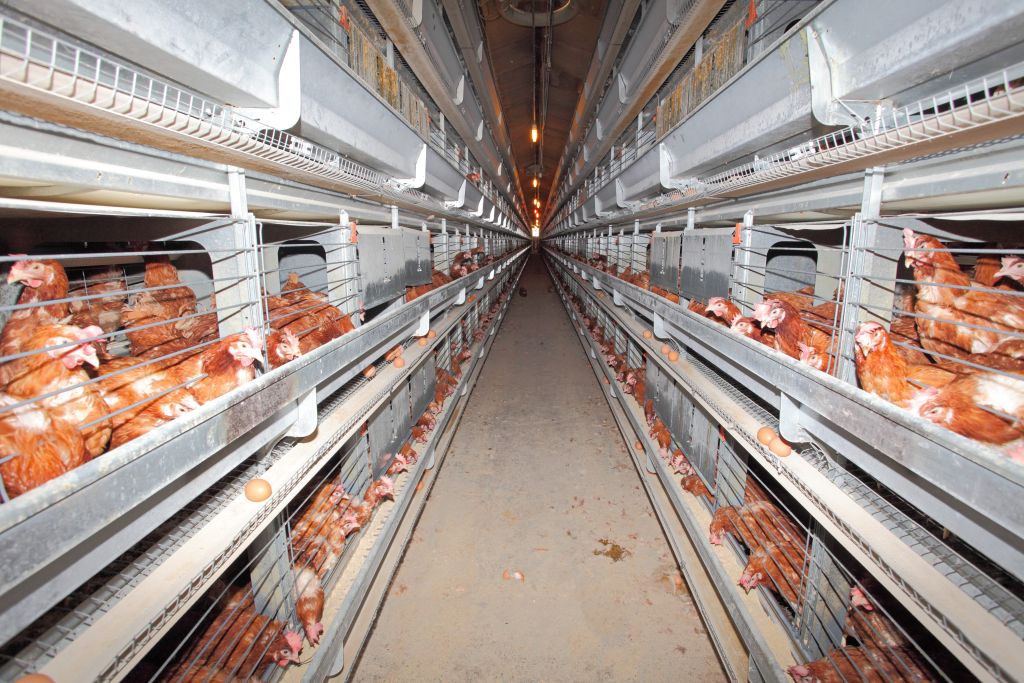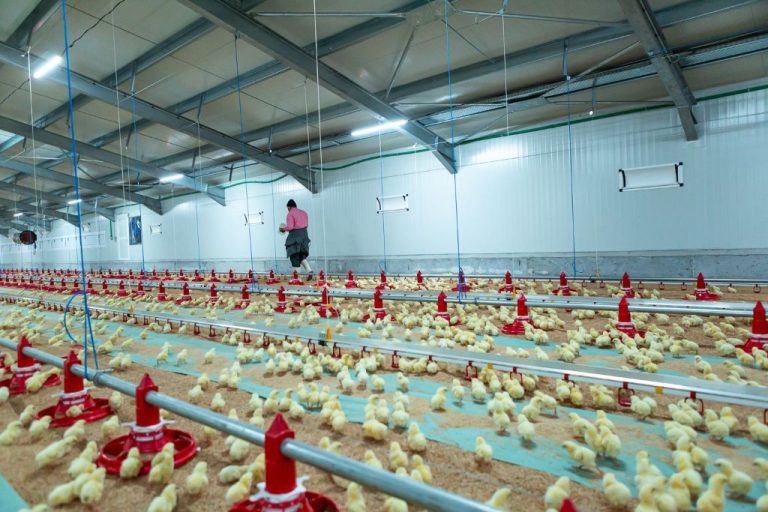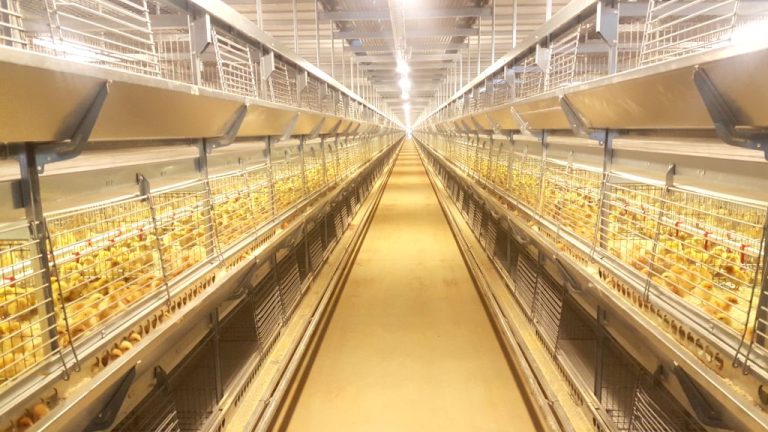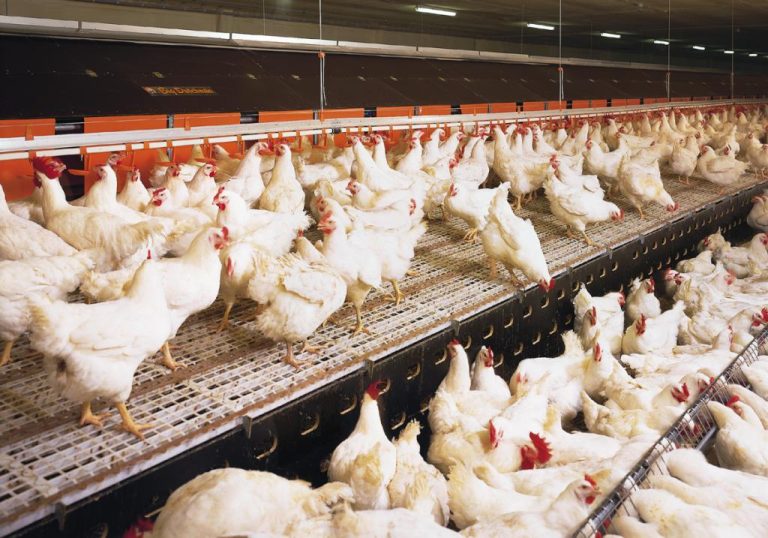Optimal control of poultry lighting in laying hen houses

Scientific and reasonable supplementary light can not only promote the normal development of laying hens, reduce morbidity and mortality, but also extend the laying time and increase egg production, which is beneficial to improving the efficiency of laying hen breeding. On the contrary, improper lighting will lead to poor development of laying hens, such as premature or delayed start of production, which will not only affect the egg production rate and egg production throughout the laying period, but also increase the morbidity and mortality of laying hens. And cause huge economic losses to farmers. The light control technology of closed laying hens is now introduced as follows for reference.
Lighting time control.
Brooding period (0-6 weeks old)
The poultry lighting system is very important for the feeding, drinking, exercise and health of the chicks. However, if the lighting time is too long, the chicks will mature prematurely and affect their future egg production performance; if the lighting time is too short, the activity and feed intake of the chicks will be affected. , causing its growth to be retarded. Generally speaking, chicks should receive 23 hours of light and 1 hour of darkness in the first three days after hatching to adapt to the dark environment and avoid panic during power outages; after 4 days of age, the light time is reduced by 30 minutes a day to 14 days of age. from the 15th day of age, the light time should be reduced to 2 hours per week, and the light time should be reduced to 10 hours at the end of 6 weeks of age.
Growth period (7-20 weeks old)
Excessive illumination time during this period will promote premature sexual maturity of laying hens; short illumination time will lead to delayed maturation, obesity, early egg weight, high dystocia and mortality rates, and a decrease in total egg production. Therefore, starting from 7 to 17 weeks of age, the lighting time should be 10 hours, starting from 18 weeks of age, increasing the lighting time by 1 hour per week, and increasing to 12 hours at 20 weeks of age.
Egg laying period (21 weeks of age – elimination)
The increase in light time during the laying period can stimulate the secretion of sex hormones and promote egg production, but if the increase is too long, it will increase the egg breakage rate. On the contrary, the decrease in light time will inhibit the secretion of sex hormones and reduce egg production. Therefore, the light time during the laying period should be gradually increased, that is, starting from 21 weeks of age, the light time should be increased by 30 minutes every week until the peak egg production period reaches 16 hours, and then the light time should be increased. The light should be maintained for 16 hours. When the elimination period is approaching (about 59 weeks), the light should be increased again for 30 minutes every week until it reaches 17 hours.
Light intensity control
Brooding period (0-6 weeks old)
Excessive light during this period will affect the nervous function of the chicks and cause bad habits such as feather pecking and anus pecking. However, too little light will make it difficult for the chicks to eat and drink. Generally, the light intensity can be higher in the first three days or the first week, using 20-25 lux (the illumination of a 0.16-watt electric incandescent lamp per square meter is 1 lux); thereafter, as the age increases, the light intensity gradually decreases, and the light intensity gradually decreases at the end of 6 weeks. 5-10 lux.
Growth period (7-20 weeks old).
Too much light during this period will cause irritability, pecking, drooping and nervousness in the growing chickens; however, if the light is too weak, the amount of feed and water consumed by the growing chickens will be reduced, leading to poor growth and delayed production time. . The most suitable light intensity during the growth period is 5-10 lux.
Egg laying period (21 weeks of age – elimination)
If the light intensity during this period is too high, it will not only waste electricity, but also make the laying hens irritable, cause tension and panic, and easily cause fighting, pecking and prolapse; the light intensity is too weak to stimulate the laying hens, thus affecting production. Egg amount. Generally speaking, the optimal light intensity during the laying period is 10-20 lux.
Lighting color selection
There are extraretinal photoreceptors in the hypothalamus of chickens, which respond differently to light stimulation of different wavelengths. Red light is detrimental to the growth and development of chicks and feeder chickens, and will delay sexual maturity, but it is beneficial to laying hens. It can make laying hens quieter, increase egg production, and reduce pecking habits; green light can accelerate chicks’ weight gain and improve their growth.
Slow-growing breeder chickens mature sexually in advance, but it will inhibit the egg production of laying hens and reduce their egg production. Although yellow light can increase the egg weight of laying hens, it will delay the sexual maturity of breeder hens and increase the risk of pecking in laying hens. Probability; blue light can easily induce pecking habits and reduce the egg production rate and disease resistance of laying hens. Therefore, incandescent lamps or high-efficiency energy-saving lamps should be used in production. The wavelength of the light source is between 500 and 625 microns, including red, orange, yellow, green and other wavelengths of light. It can meet the lighting needs of laying hens at different stages without side effects.
Lighting system design and layout
Light not only affects the ambient temperature in the house, but also affects the chicken’s feed intake, age at sexual maturity, ovulation and egg production. Reasonable lighting is the key to ensuring normal egg production, timely moulting and full production performance of laying hens. Closed chicken houses often use artificial lighting equipment, such as incandescent lamps or high-efficiency energy-saving lamps, to meet the needs of the chickens.
In actual production, high-efficiency energy-saving lamps are ideal lighting equipment for chicken houses because of their long life, low energy consumption, high light efficiency, light suitable for human vision, high adjustment frequency, and better ability to meet the physiological needs of chickens.
The reasonable arrangement of the chicken house lighting system is a direct guarantee for suitable lighting for laying hens, and is particularly important. Because in the intensive production of laying hens, battery-type laying hen cages and laminated cages are commonly used. In particular, the upper and lower layers of laminated cages overlap. The net height of adult chicken cages is nearly 4m. If lamps are arranged, it will be different from ordinary cages. The chicken houses are on the same plane, which will inevitably affect the lighting of the lower cages.
Therefore, the lighting system of the stacked cage chicken house adopts a two-layer arrangement of high and low lights. Generally, the lower light is 1.8-2m from the ground, and the upper light is 0.2-0.4m from the top of the chicken house. Only in this way can the lighting conditions of each layer of chickens be uniform.
Special attention should be paid to lighting management
The best light management is to start with the chicks and not exceed the breeding period at the latest, otherwise the expected results will not be achieved.
The speed of increasing the light time depends on the sexual maturity of the chicken. If the chickens are sexually mature faster than expected, the increase in light time will be slower. If it is too late, the light time can be increased quickly and should be combined with feeding complete feed to achieve the purpose of significantly increasing the egg production rate.
The light color and lighting time should not change suddenly, especially for laying hens. The lighting time should gradually change from short to long, preferably in the morning and evening to increase feed intake. The lighting intensity should gradually become brighter or darker, starting from the growth period lighting scheme. Transition to light. Planning for the laying period should also be done gradually. If the lights are suddenly turned off or the lighting time is shortened, it may cause panic, molting, abnormal egg production, or egg production cessation.
After egg laying begins, the lighting time must not be reduced. In the last 2-3 weeks of the laying period, the lighting time can be appropriately increased by 1 hour to stimulate the chickens to lay more eggs.
The light bulbs are set reasonably, evenly distributed, and have no dark areas.The distribution of bulbs should be 1.5 times the distance between the bulbs and the chicken level. If there are multiple rows of bulbs in the house, the rows of bulbs should be staggered; the distance between the bulbs and the walls of the house should be only half the distance between the bulbs. For multi-layer cage chicken houses, the chickens in the lower layer must receive the specified lighting intensity; supplementary lighting requires reliable power supply, stable voltage, no random changes in brightness, and timed switches.Large chicken houses can be equipped with lighting timers or automatic light controllers to control the time when the lights are turned on and off every day; the light bulbs used are 40-60W white fluorescent lamps or lower wattage fluorescent lamps, and are equipped with open or umbrella-shaped lampshades. Light bulbs should be cleaned regularly and replaced in time.
Lighting management must be coordinated with a complete feeding management system (such as a suitable indoor environment and comprehensive disease prevention and control measures). Reasonable lighting can significantly improve the production performance of laying hens.



